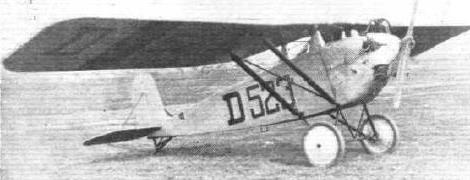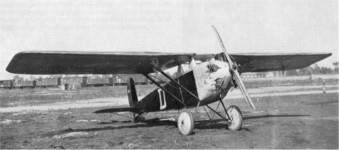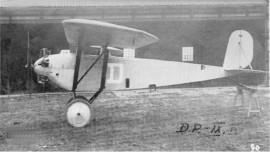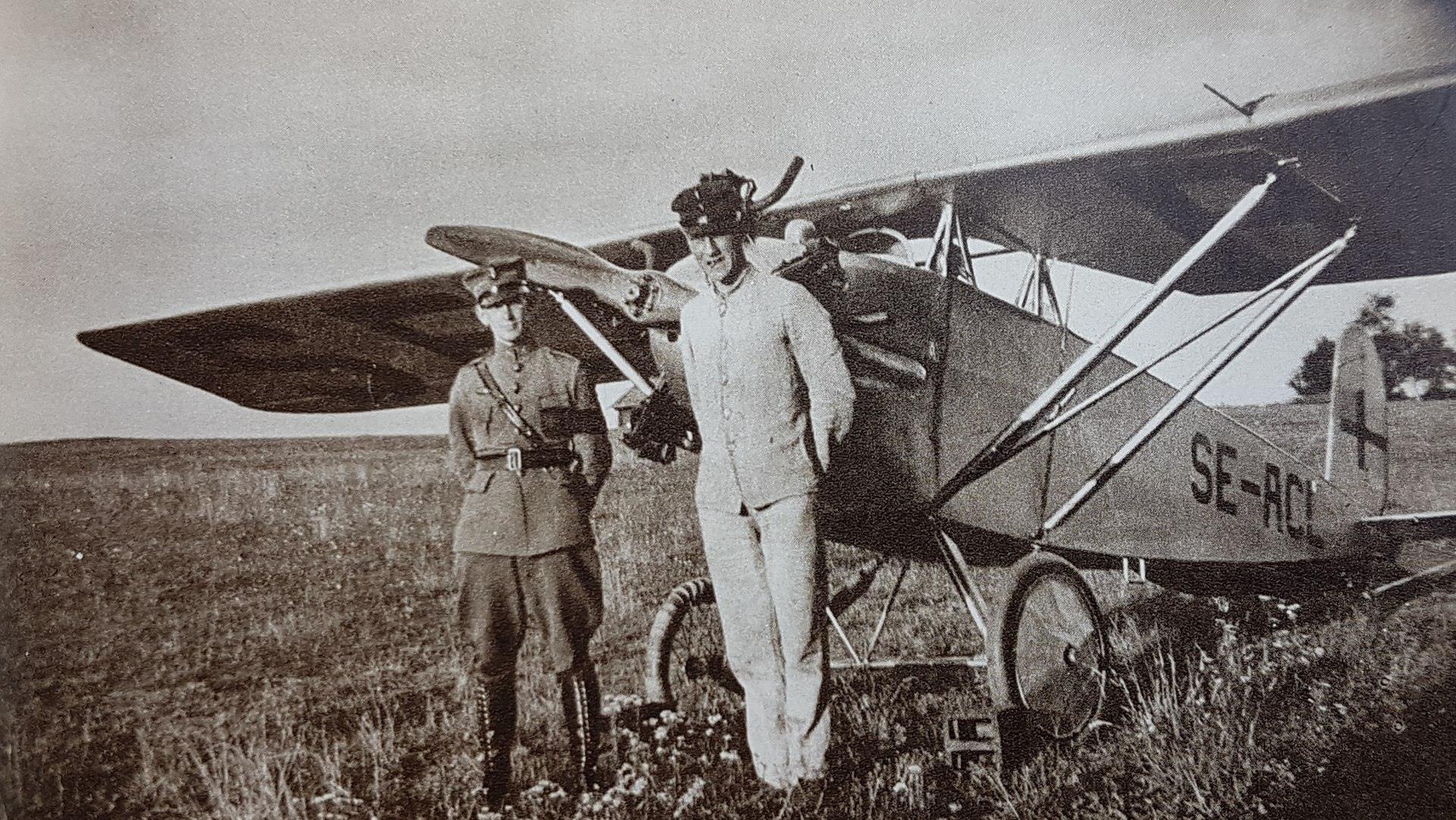| Type |
Werk.Nr |
Registration |
History |
|
158 |
D-1897 |
To RaKa, Krefeld. Registered Augusti 1930 |
|
200 |
D-1537 |
|
|
152 |
D-801 |
To "Helmstedt" Flugwissenschaftl. Gruppe T.H. Braunschweig in Febr. 1928 |
|
153 |
D-802
|
To DVS GmbH in Dec, 1928 To Verein für Luftfahrt, Halle from Dec. 1929 and to Hessenflieger-Verein, Darmstadt from March 1931. Registration withdrawn in Febr. 1933 |
|
|
D-806 |
|
|
151 |
D-807 |
Registered to Akaflieg Stuttgart e. V. from Oct. 1928. Destroyed in April 1929 |
|
146 |
D-523 |
To O. Pickert, Düsseldorf. To RaKa, Kassel in July 1929. Destroyed in Sept. 1930. |
|
149 |
D-158 |
To Akaflieg Darmstadt in Febr. 1928. Destroyed in Febr. 1929 |
|
157 |
D-931, N-36, SE-93, SE-ACL |
To Norsk Aero AS/Sandvika Jan. 1929. Registered in Sweden 23/7 1930, to Sven W Ahblom at Borås. To Anton Hansson, Frösö. To Leksands Flygklubb Cancelled 15/2 1937 |




